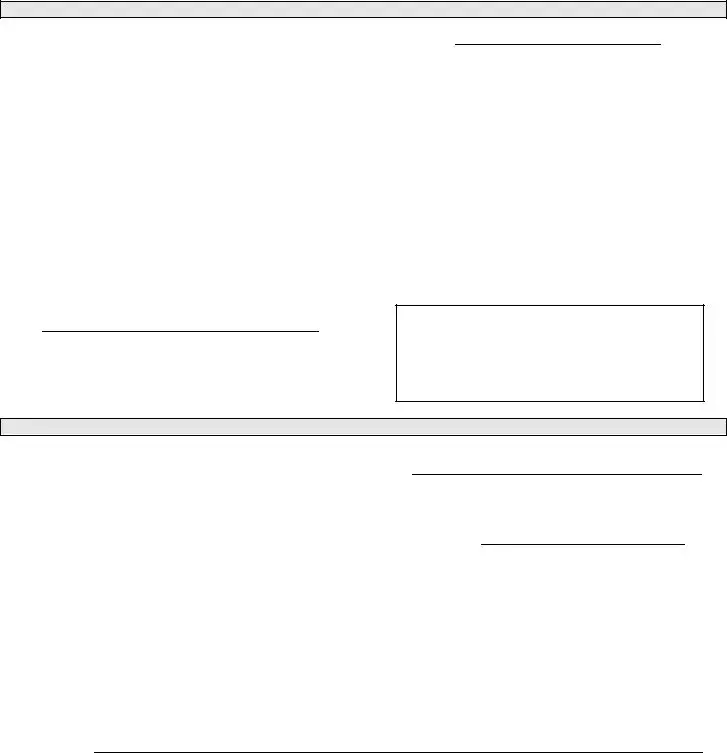When applying for a job or seeking a new opportunity, one important aspect often comes into play: employment verification. This process typically involves a specific form that employers use to confirm your work history and qualifications. The employment verification form serves as a crucial tool in this process, allowing companies to gather essential information about your previous employment, including dates of service, job titles, and responsibilities. It may also request details about your performance and reasons for leaving past positions. By completing this form, you help potential employers gain insight into your professional background, ensuring they make informed hiring decisions. Understanding the components of this form, as well as how to fill it out accurately, can significantly impact your job search. Whether you're an employer needing to verify a candidate's history or a job seeker preparing to provide necessary information, knowing the ins and outs of the employment verification form is key to navigating the hiring landscape effectively.

